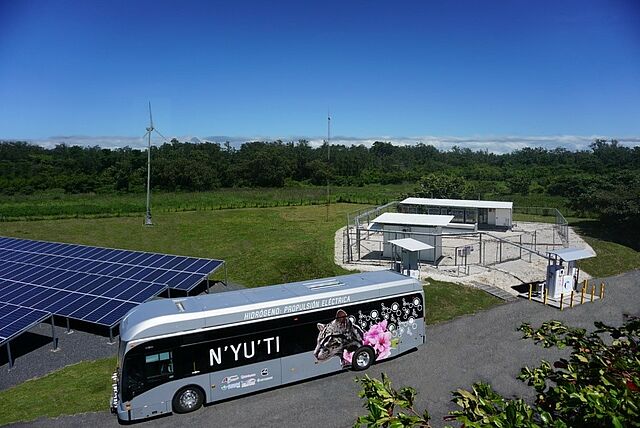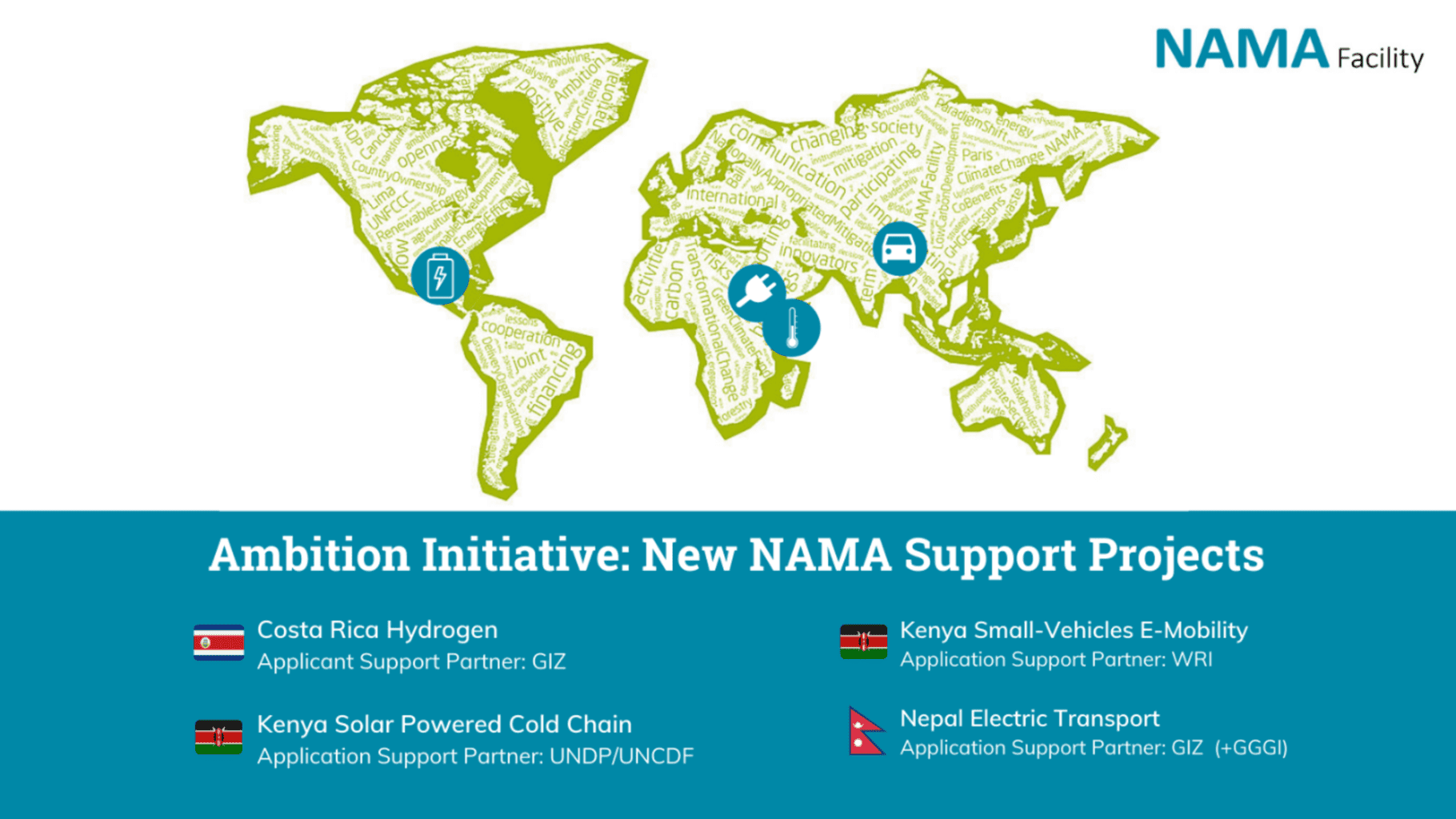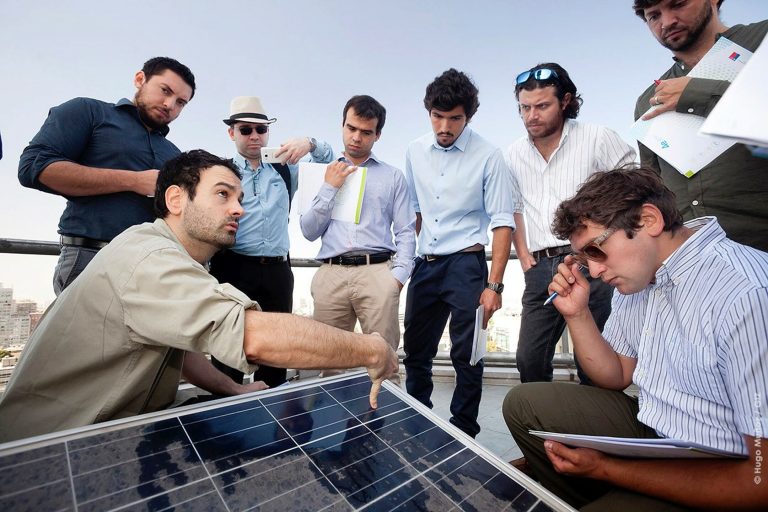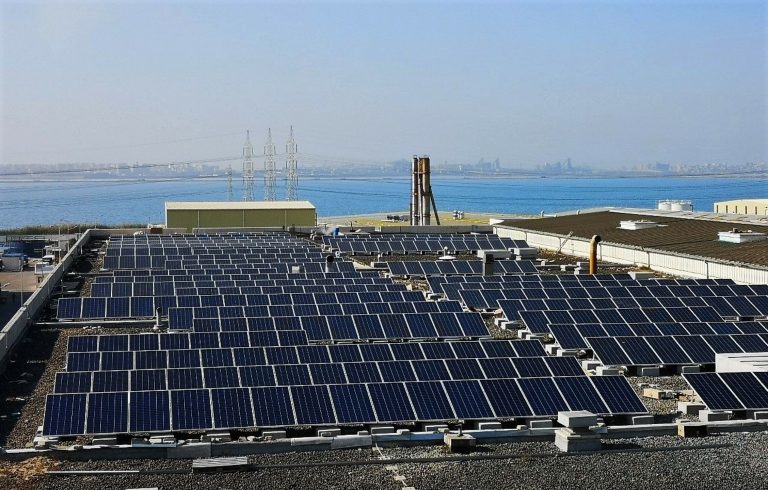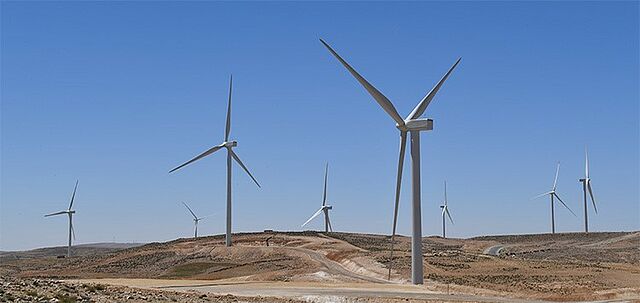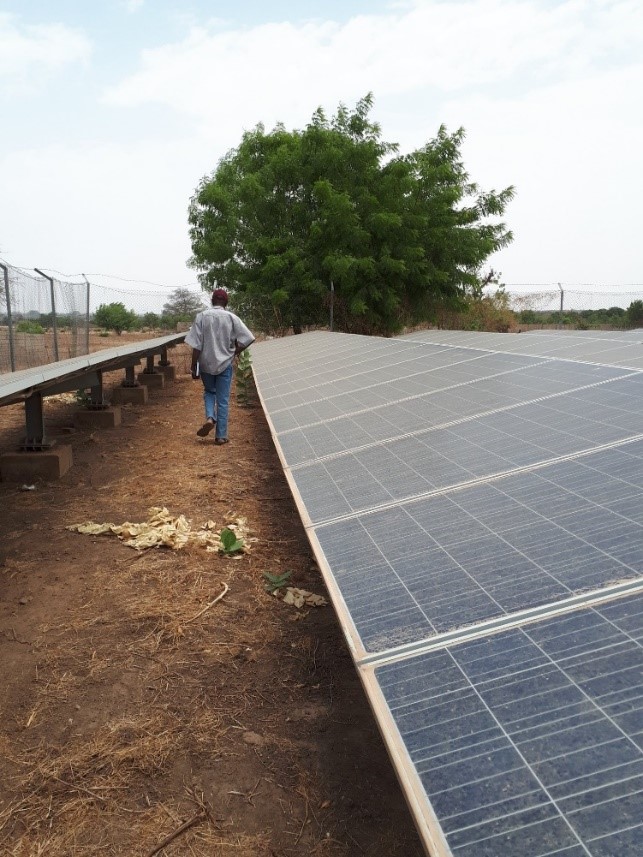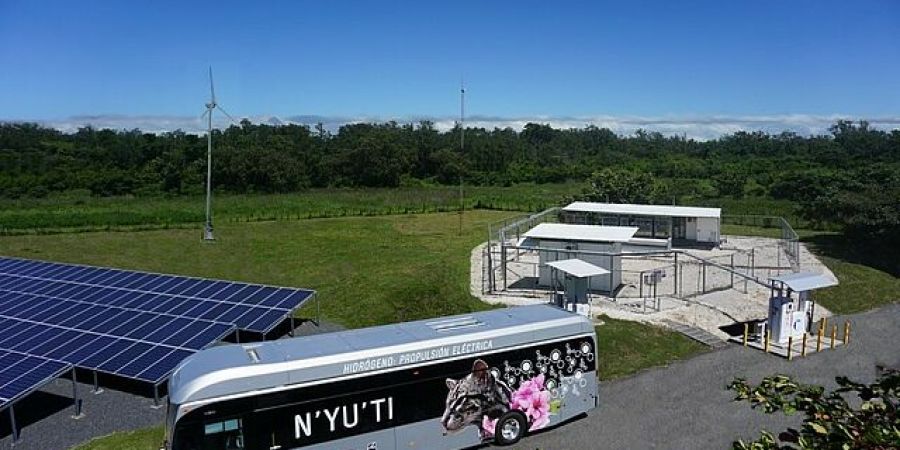
Background: Costa Rica aims to reach carbon neutrality by 2050. To meet its decarbonisation goals, the country’s biggest challenge lies in moving away from fossil fuels and their derivatives in key sectors such as industry, transport and agriculture. The high potential for renewable energy in the country – Costa Rica has produced more than 98% of its electricity in the last six years through renewables – implies there is a clear opportunity for green hydrogen production to accelerate Costa Rica’s trajectory towards net-zero in hard-to-abate sectors.
Approach to Transformational Change: The objective of the project “Green hydrogen for a decarbonised economy” (“Costa Rica – Green Hydrogen for short) is to induce a transformative change towards the application of hydrogen as an energy carrier and chemical input. Importantly, the hydrogen production supported by the NSP will be drawing only from renewable energy sources within Costa Rica.
The financial cooperation (FC) component is expected to include targeted incentive schemes for hydrogen production facilities and off-takers in the industrial, agricultural and transport sectors, combining commercial financing with concessional funds and grants. The technical cooperation (TC) component of the project will support the national government in creating enabling conditions for the production and consumption of green hydrogen and in the identification and development of business models for the deployment of hydrogen in different sectors, including the development of pilot projects. The availability of green hydrogen as well as financial instruments and an enabling policy framework will facilitate the use of green hydrogen for various – primarily domestic – applications in industry (metallurgy, cement, glass), and agriculture (sugar, coffee), helping decarbonise Costa Rica’s economy.
Mitigation potential: It is estimated that the project could directly reduce 30,000 tCO2e during its implementation timeline and more than 128,000 tCO2e over lifetime of the supported technologies.


